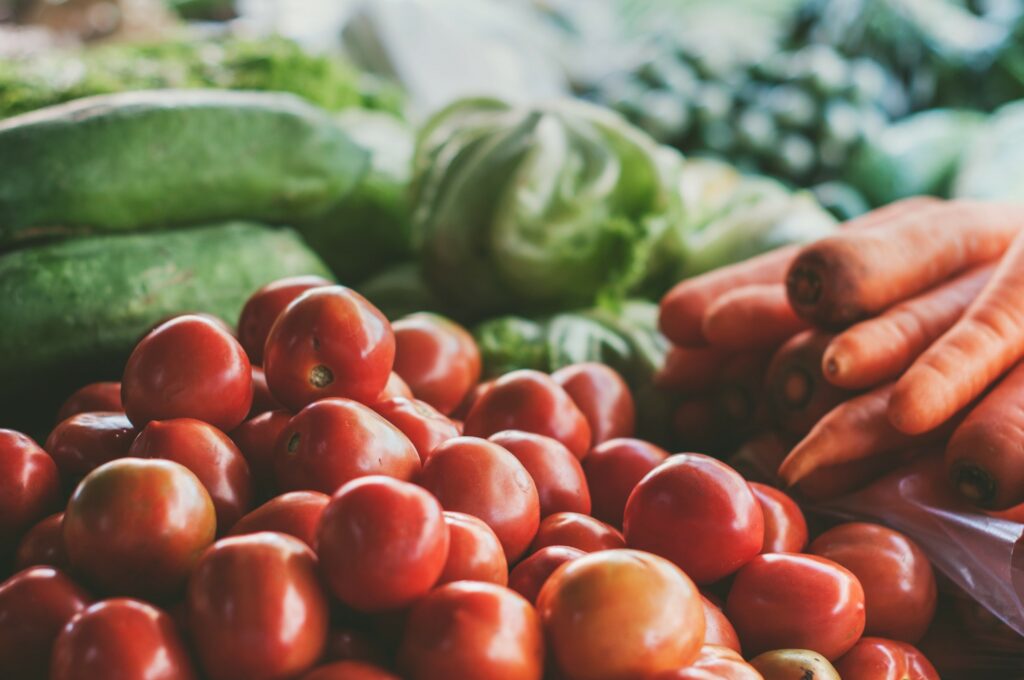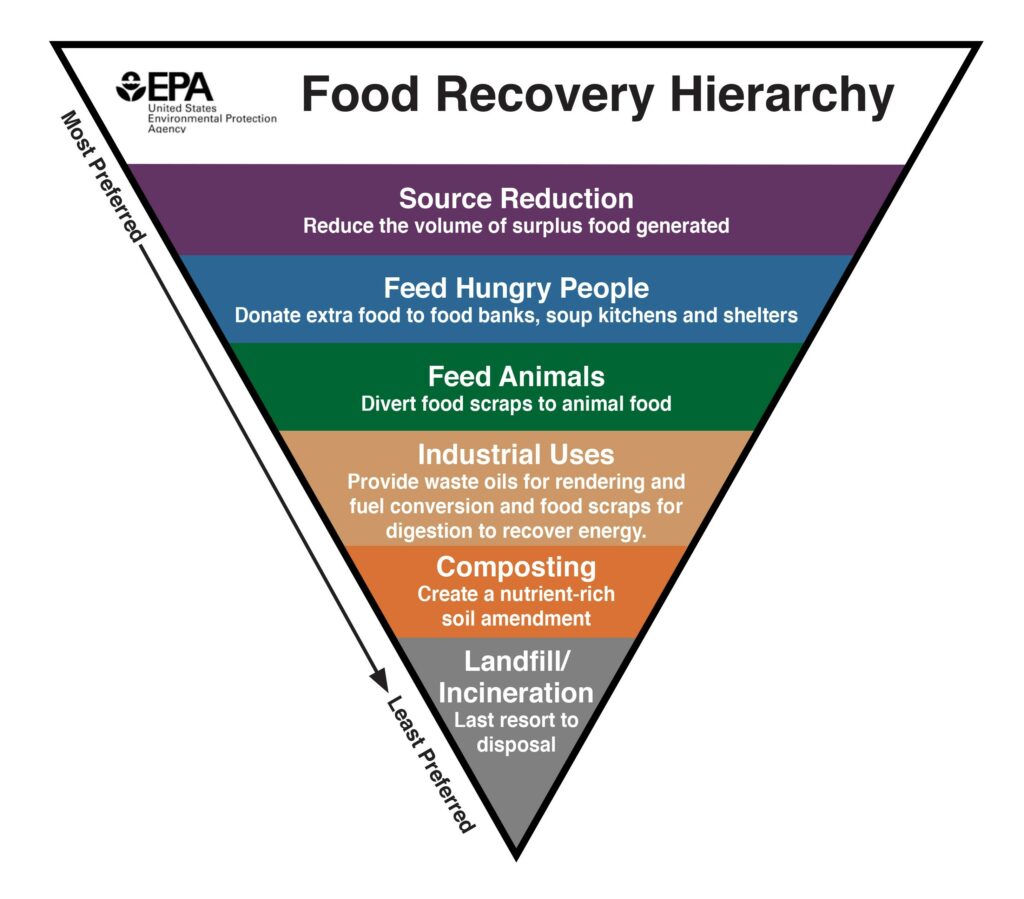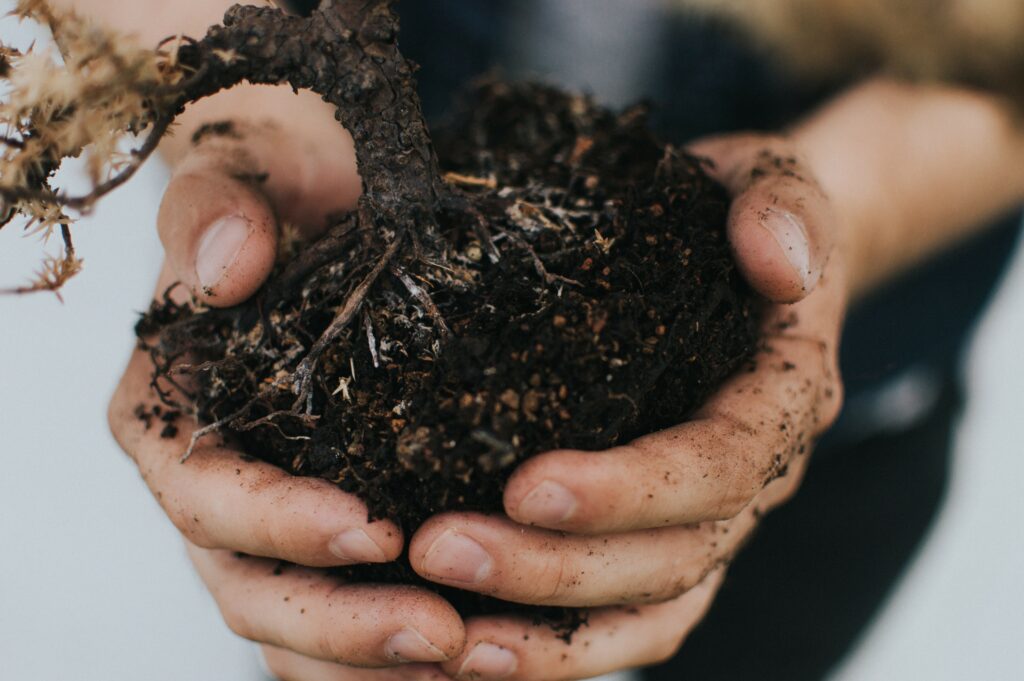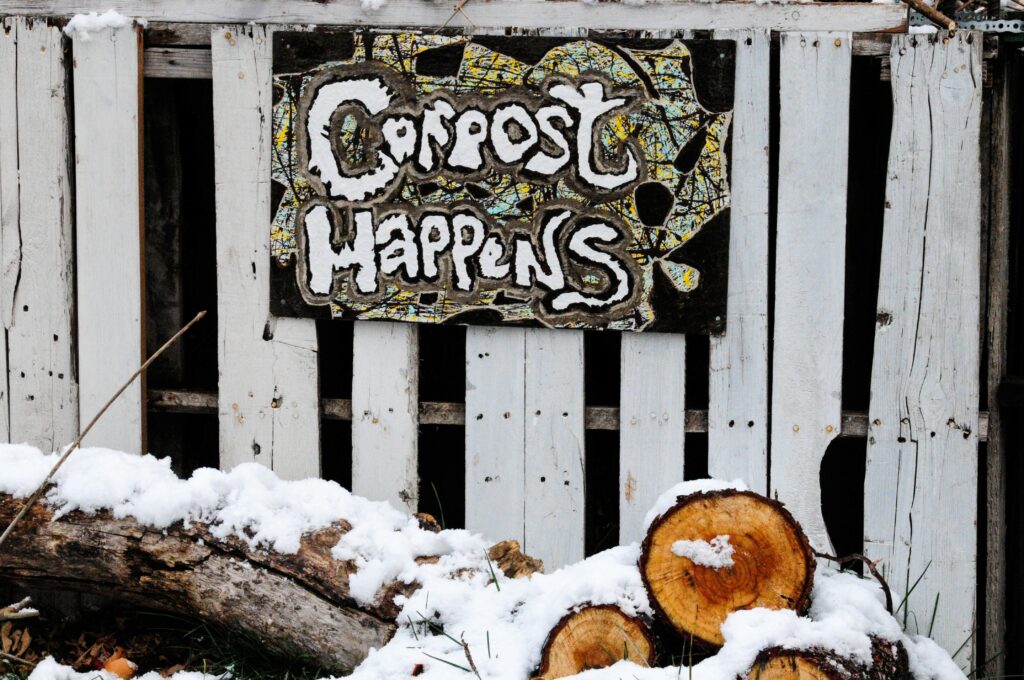Food Waste and Composting
Welcome to the Yakutat Tlingit Tribe Environmental Department Page
What is food waste, and why is it a problem?

Food waste is the loss of food that goes uneaten. This issue affects economy and the environment both nationally and locally in Yakutat. The EPA estimates that over 76 billion pounds of food is thrown away every day, equaling 22% of all municipal solid waste. Reducing food waste saves valuable space in Yakutat’s landfill, effectively prolonging its life and saving our community money.
Adding organic material to landfills also contributes to global climate change. Food waste decomposes to release methane, a greenhouse gas even more potent than carbon dioxide. With up to 40% of household food being thrown away and landfills emitting 20% of global methane emissions, every individual action to reduce food waste contributes to responsible stewardship of our global environment.
How can we combat food waste while adding to our quality of life?
There are many effective ways to reduce food waste and save money. Check out some tips below, and more at the EPA’s website here.
• Plan out your meals. Meal prep will help you save money at the store by only buying what you need, and prevent excess that will spoil before you eat it.
• Don’t over-serve food. You can always go back for seconds, but serving food on your plate often leads to it getting discarded rather than saved for later.
• Save and eat your leftovers. Labeling leftovers with the date can help you prioritize leftovers by knowing how long they’ve been in the fridge/freezer.
• Store food in the right places. Proper produce storage will prolong freshness and give you time to consume all your food before it spoils.
• Avoid clutter in your fridge, freezer, and pantry. Keeping things neat and tidy on shelves will help you visualize what you have, and prioritize what to eat first.
• Create a waste log to keep track of what you throw away. Adding dollar signs might help you visualize how much of your budget is being wasted as well.
• Take up canning and pickling. Jarring and preserving food increase the shelf life of berries, vegetables, fish, and meats for months.
• Wait to wash berries. Washing berries right before you intend to consume them will prevent them from molding as quickly.
• Repurpose leftovers or things you wouldn’t normally eat. Casseroles, stir-fries, soups, and smoothies are great ways to make use of food that’s past its prime but still safe to consume. For example, use stale bread to make croutons, and vegetable scraps into stock.
Stopping food waste at the source is the best way for you to save money. The EPA’s Food Recovery Hierarchy pictured below shows prioritization of how to most effectively combat food waste. However, composting is an exciting alternative for what to do with table scraps instead of throwing them away.

What is Composting?
Composting is the act of recycling organic material to create a nutrient rich soil amendment.

Why Compost?
The benefits of composting are robust. Here in Yakutat, it will mean less waste accumulating, less trips to the dump, and a prolonged life for our landfill. It also provides an excellent source of soil that can be used for backyard gardening. As residents know, access to fresh produce in Yakutat is limited in selection and expensive. By growing your own produce you can save money, improve your health, and have another connection to the land by taking up gardening or supporting local gardeners.
How Do I Get Started?
For an excellent how-to guide to help get you started composting in Alaska, check out UAF’s easy to use resource here. This resource has a variety of ratios and recipes to make sure your compost is successful, based on what you have available. To learn more in depth about different types of composting, science behind the breakdown process, and variety of recipes, click here.

To have a healthy and successful compost pile, all that’s required is a place to store it (a bin or pile covered outside), a good recipe (with the proper ratio of nutrients), and the desire to create soil. A compost bin can be as simple as a pile in the backyard. You need only a place for the pile and a tarp to insulate the pile and keep it dry. However, bins are popular as they are easier to transport, can provide better insulation, keep the compost contained, and can be more visually appealing. Bins designed for turning and easy maintenance can be found for sale at Home Depot, Lowes, Target, and Amazon.
However, you needn’t purchase a bin for a healthy compost pile. Compost bins can be built from scrap wood, or repurposed out of old trash cans, pallets, buckets, and more. Check out this website for ideas and instructions on how to build your own compost bin for cheap.
Next, you’ll need your recipe. Healthy compost requires the proper ratio of Carbon to Nitrogen, two elements found in all organic material. The type and quantity of waste you put into your compost will determine your optimal recipe, and guide you when deciding what needs to be added to maintain that C:N ratio. An optimal ratio to maintain is a C:N ratio of 30:1. Things high in carbon are often called “browns”, and include yard clippings, straw, paper, newspaper, and sawdust. Items with a lower ratio are called “greens”, and include kitchen food waste, fresh grass clippings, and manure. Read more in detail about the ratio of what to compost, maintaining a healthy balance of nutrients and some go-to recipes here. This variety of recipes will allow you to work with what you have available, and make it easy to calculate what you need to add to keep your compost hot and actively decomposing. If you’re interested in how to best use your fish scraps to compost, check out all you need to know at this guide. For a guide to composting with worms, click here.

Below are some examples to help you while sorting your compostable scraps from trash.
YES to Compost:
• Egg shells
• Coffee grounds and tea leaves
• Unusable produce scraps: avocado skins, melon rinds, apple cores, banana peels, lettuce cores, asparagus roots, broccoli stems, corn cobbs, onion skins, grape stems, strawberry leaves, old produce, etc.
• Nut shells
• Yard and grass trimmings
• Sawdust and wood chips
• Fish scraps: skins, tails, and heads
• Shredded cardboard and paper
NOT to Compost:
• Citrus peels: these are highly acidic and will throw-off a compost’s healthy balance
• Large cuts of meat
• Pet waste: often contains e. coli which will not make for healthy soil
• Dairy products: expired yogurt, moldy cheeses, spoiled milk will attract pests.
• Animal bones
• Used personal products
• Plastic, foam, foil, saran wrap, plastic bags, Styrofoam, or synthetic materials of any kind!

It’s easy to feel stuck in a rut during fall and winter months, and to lose motivation for composting and gardening. However, battling food waste and preparing for your spring and summer garden can be a year-round activity. Check out this to-do list for Alaskan gardeners in the fall and winter.
Contact the YTT Environmental Department by stopping in the office or calling us at (907) 784-3238 if you’d like more information or clarity on battling food waste, starting a compost pile, or any other questions or concerns. If you are not interested in composting in your home but would like assistance in diverting your organic materials out of the landfill, please be on the look-out for YTT Environmental’s developing community compost program.

Below are further resources to help you learn more about this topic.
• What is Food Waste
• Tips to Composting at Home
• Infographic on Proper Produce Storage
• Introduction to Canning
• Guide to Canning Salmon
• Video Guide to Canning Game Meat
